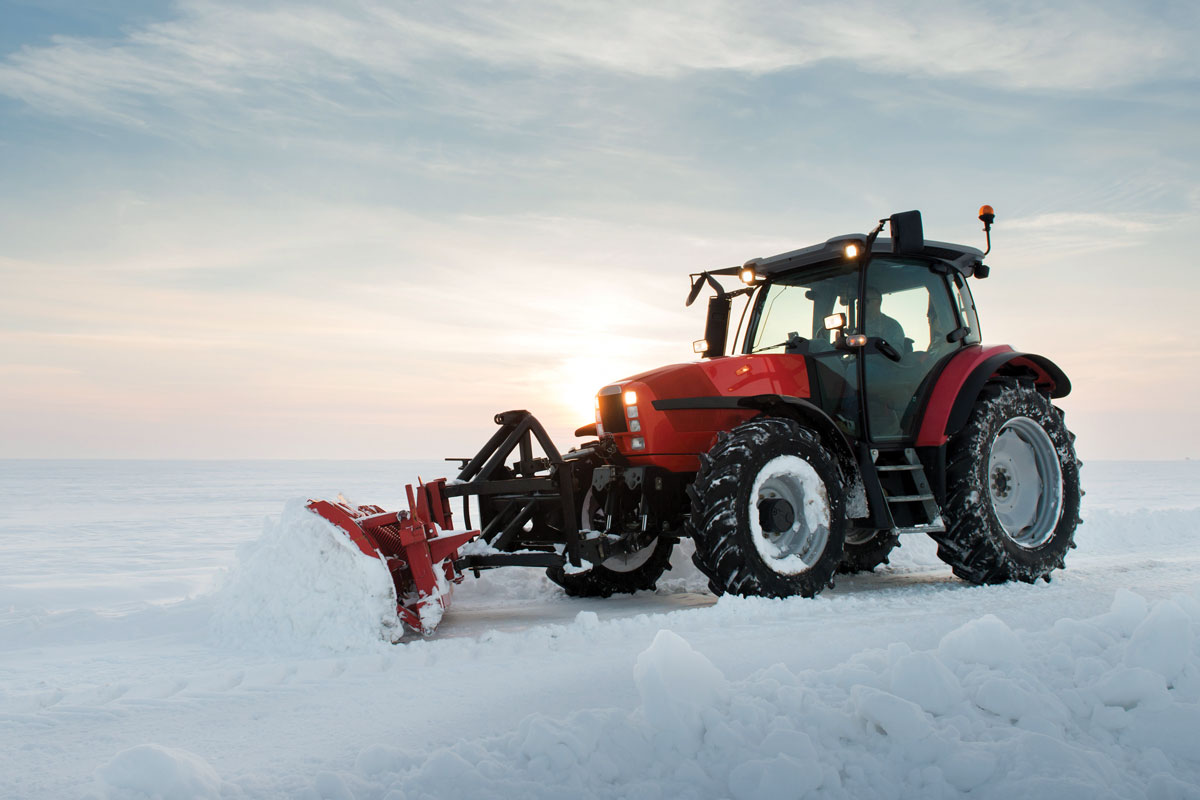
All News >> Digital Newsletters
Is Your Equipment Ready for Winter?
December 1, 2021
Written By Caitlyn Jolliffe
Now is the time to take some essential steps to winterize your equipment. Whether you plan to store it for the season or prepare it for work during winter’s harsh conditions, winterization is an important maintenance activity.
Lubricants play an essential role in keeping your equipment protected even when you aren’t running it. A winterization routine can help you assess your equipment’s lubricants, keep it in pristine shape, prepare it for the cold, and protect it until the spring thaw. There are four main tasks to complete during your winterization routine.
Oil Analysis Testing
Wear and tear can take a toll on an engine. Simply collecting a used oil sample and sending it to the MFA Oil laboratory could help you prevent costly downtime. Oil analysis testing is an easy way to catch early warning signs of what could result in major issues.
Oil is the lifeblood of your equipment, touching nearly every part of the engine and highly critical to its health. Analyzing your used oil provides a snapshot of the condition of your equipment and the oil that keeps it running. The information gathered during oil analysis can help uncover correctable issues and prevent them from becoming costly repairs.
Changing Your Engine Oil
Changing your equipment’s oil before the winter months is an important step in getting ready for the cold temperatures. This is especially true if your oil analysis results come back showing any issues or signs of wear and tear. Even if it is not due for an oil change based on hours or miles, it is recommended. Fresh oil ensures your lubricant is free of any contaminants that could cause harm to the engine as it sits or works through winter.
Temperatures have a significant impact on oil viscosity. Be sure to check your OEM manual before changing your oil. Adjust your oil purchase to reflect the temperatures in which your equipment will be working. If your equipment will be parked for the winter months, run it for a minimum of 10 minutes after you change the oil to get the oil circulated back through the engine.
Checking Your Hydraulic Fluid
Hydraulic systems are meant to breathe, but as a piece of equipment sits dormant during the winter months, air can get inside, causing moisture to enter the system, leading to corrosion. The best way to prevent this is to check your hydraulic fluid level and top off if necessary. This will lessen the amount of space air and moisture have to settle in. As will any fluid, be careful not to overfill.
Add Grease
Grease helps protect the pivot points of your equipment. It’s good to put on a fresh coat to keep the rust away, have your machinery ready for winter and keep moisture from finding its way into areas that will cause you stress come spring.
Winterization can be easy to overlook, but it’s necessary to get your equipment prepared for the cold. Maintenance is a big part of keeping equipment in working condition and saving your operation from costly repairs or downtime. Taking the time to prep your equipment now will ensure it’s ready to roll when you need it.

